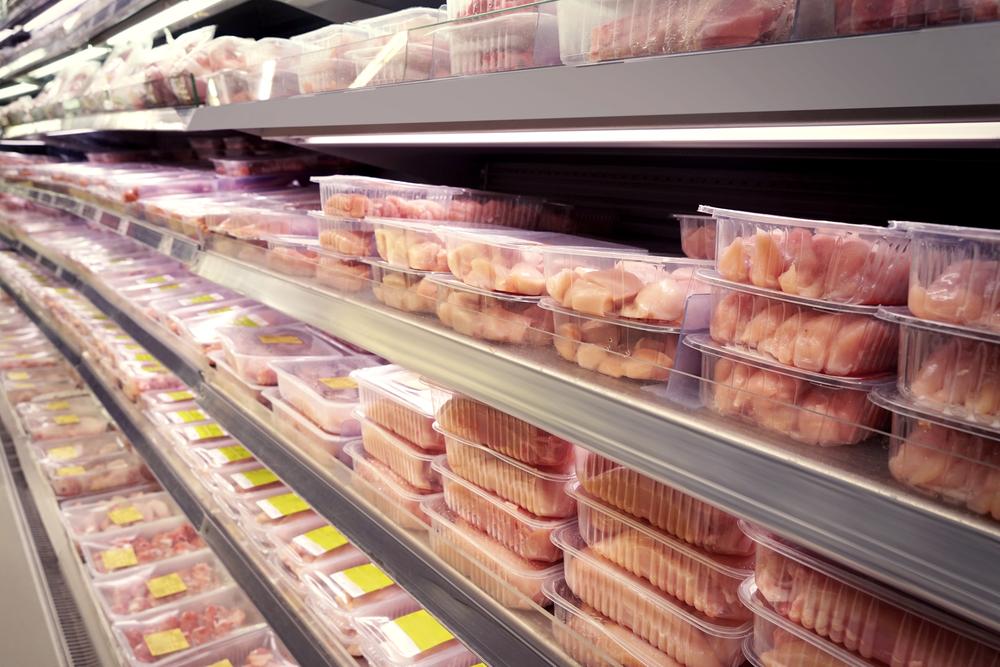Packaged Meat Market Growth: Key Trends Shaping the Industry
The packaged meat market has witnessed significant growth over the past few decades, spurred by various economic, social, and technological factors. As lifestyles evolve and consumer preferences shift, the demand for packaged meat products continues to rise, creating opportunities for businesses to innovate and expand. This article explores the key growth factors driving the global packaged meat market.
1. Growing Demand for Convenience
Modern lifestyles have led to an increased demand for convenient meal solutions. Consumers, especially in urban areas, seek food products that save time without compromising quality or taste. Packaged meats, such as ready-to-cook, pre-seasoned, or ready-to-eat options, cater perfectly to this demand.
With the rise of dual-income households and busy schedules, the convenience of packaged meat has made it a staple in many homes. Brands are continually innovating to provide diverse product options that align with these lifestyle trends.
2. Rising Disposable Incomes
Economic development in emerging markets, particularly in Asia-Pacific and Latin America, has resulted in rising disposable incomes and an expanding middle-class population. This demographic is driving higher consumption of meat products, including packaged options.
As consumers in these regions gain purchasing power, there is a shift toward higher-quality and premium packaged meat products, such as organic, grass-fed, or antibiotic-free options. This trend presents significant growth opportunities for manufacturers willing to cater to local tastes and preferences.
3. Expansion of Organized Retail and E-commerce
The growth of organized retail chains and e-commerce platforms has played a pivotal role in the expansion of the packaged meat market. Supermarkets, hypermarkets, and online grocery stores provide convenient access to a wide variety of packaged meat products, offering consumers greater choice and accessibility.
E-commerce has particularly revolutionized the market by enabling home delivery of fresh and frozen packaged meats. Digital platforms allow brands to reach broader audiences, leverage targeted marketing strategies, and collect valuable consumer data to refine their offerings.
4. Advancements in Packaging Technology
Packaging technology has significantly influenced the growth of the packaged meat market. Innovations like vacuum packaging, modified atmosphere packaging (MAP), and resealable options have enhanced product shelf life, freshness, and safety.
These advancements address consumer concerns about hygiene and food quality while allowing brands to reduce food waste. The adoption of sustainable and eco-friendly packaging solutions further appeals to environmentally conscious consumers, boosting sales.
5. Increasing Health Awareness and Premiumization
Consumers are becoming more health-conscious, demanding packaged meat products that are free from artificial additives, hormones, and antibiotics. This has led to a surge in the availability of organic, natural, and clean-label meat products.
The premiumization trend, wherein consumers are willing to pay more for superior quality, has also gained momentum. Products such as grass-fed beef, free-range chicken, and specialty cured meats are driving higher revenues for brands targeting health-conscious and affluent consumers.
6. Urbanization and Population Growth
The global population is growing, and with it, urbanization is accelerating. Urban dwellers tend to prefer convenient, ready-to-use products due to their busy schedules, making packaged meat an attractive option.
Additionally, as urban populations grow, exposure to diverse culinary cultures is increasing. This has driven demand for a broader range of packaged meat products, including international flavors, marinades, and cuts tailored to specific cuisines.
7. Technological Innovations in Meat Processing
Advancements in meat processing have enabled producers to enhance the quality, taste, and variety of packaged meat products. Automation, artificial intelligence, and robotics have streamlined production processes, improving efficiency and reducing costs.
Technologies such as blockchain are also being adopted for traceability, enabling brands to build consumer trust by ensuring transparency in sourcing and production.
8. Globalization and Changing Diets
Globalization has significantly influenced dietary habits, introducing new cuisines and preferences to consumers worldwide. Meat, in particular, has become a central element of many diets, driving demand for packaged options.
The influence of Western-style diets in emerging markets and the increasing popularity of protein-rich diets, such as keto and paleo, have further boosted demand for packaged meat products.

9. Sustainability and Ethical Sourcing
Sustainability and ethical sourcing are becoming important factors in consumer purchasing decisions. Brands that invest in sustainable farming practices, animal welfare, and eco-friendly packaging are gaining a competitive edge.
Consumers are increasingly willing to pay a premium for products that align with their values, pushing companies to adopt more responsible practices and develop innovative solutions.
10. Marketing and Branding Efforts
Effective marketing and branding strategies have played a crucial role in driving market growth. Brands are leveraging digital marketing, influencer collaborations, and targeted advertising to build awareness and loyalty among consumers.
Packaging designs and labeling that highlight product attributes, such as "organic," "grass-fed," or "antibiotic-free," also play a significant role in attracting health-conscious and premium-focused buyers.
Conclusion
The packaged meat market is thriving due to a combination of economic, social, and technological factors. From increasing urbanization and rising disposable incomes to advancements in packaging and processing technologies, the industry is well-positioned for continued growth.
However, to sustain this growth, companies must remain agile and responsive to changing consumer preferences, regulatory requirements, and environmental concerns. By focusing on innovation, sustainability, and transparency, brands can successfully navigate the evolving market landscape and capitalize on emerging opportunities.
- Art
- Causes
- Crafts
- Dance
- Drinks
- Film
- Fitness
- Food
- Games
- Gardening
- Health
- Home
- Literature
- Music
- Networking
- Other
- Party
- Religion
- Shopping
- Sports
- Theater
- Wellness


